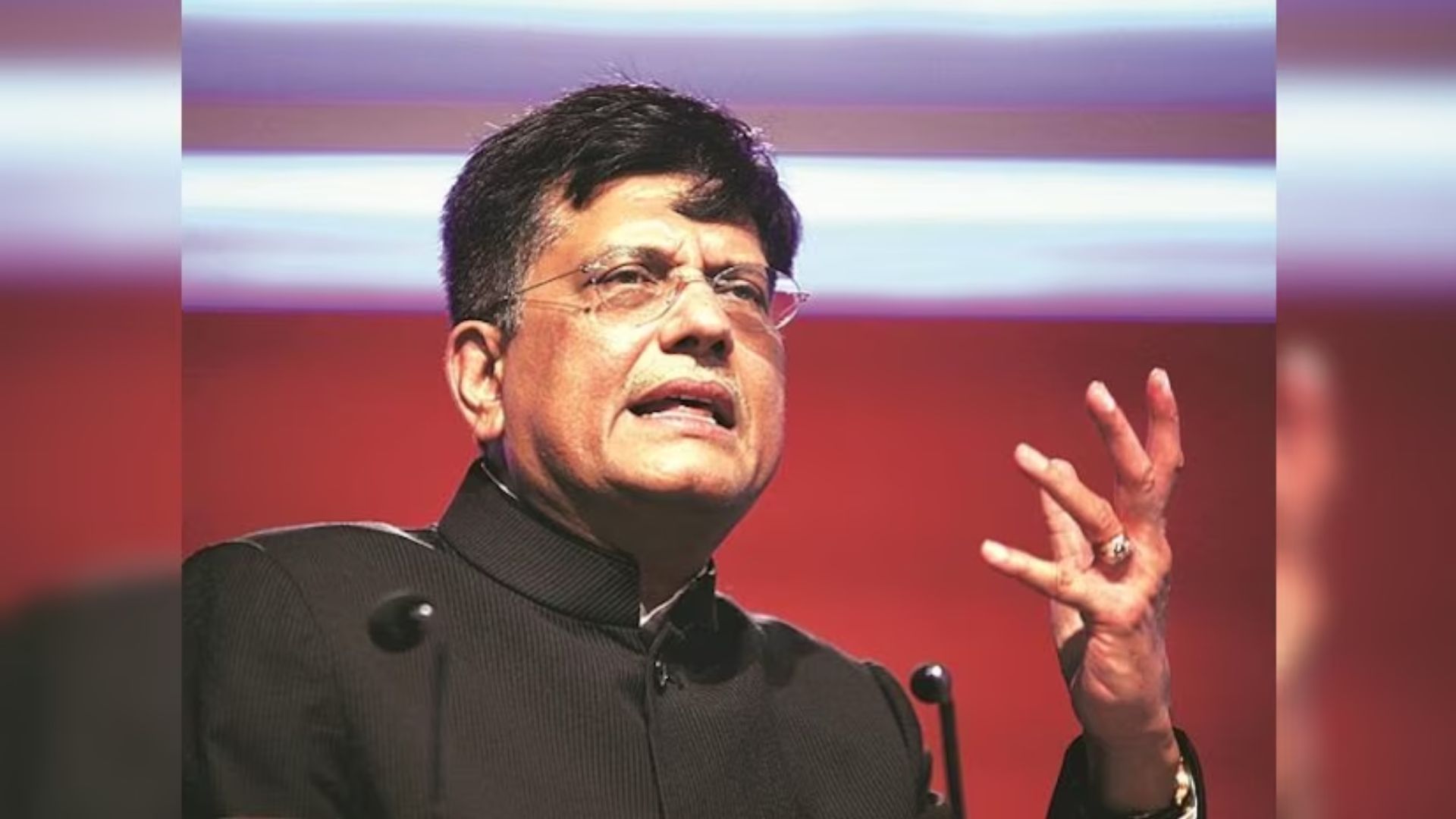According to Union Minister Piyush Goyal, the Grand Temple in Ayodhya is a symbol of India’s development path and bolsters the country’s democracy. It also shows the spirit of democracy.
“The temple awakens national consciousness in 140 crore Indians and strengthens India’s democracy by showcasing our heritage and democratic spirit. “This temple is a representation of India’s development path and one of the historical pilgrimage sites in India,” Goyal stated in the Rajya Sabha during a brief discussion on the Ram Mandir Pran Pratishtha.
He claimed that before to the Pran Pratishtha at the Ram Mandir in Ayodhya, Prime Minister Modi had observed a rigorous 11-day fast.
Hitting out at the Congress for not giving adequate respect to their former Prime Minister Narsimha Rao, Goyal said, “Prime Minister Narendra Modi has honoured the former Prime Minister of the Congress party, but it was his misfortune that he was neither a Nehru nor a Gandhi. If he had been from the Nehru-Gandhi family, then it would have been understandable. “The Prime Minister who had been in office for five years and had served the country for the last 60 years was not even honoured by the Congress after his death. How will that party understand Narasimha Rao’s contributions? The party has not even allowed his body to enter the party office. I think the Congress president locked the doors and allowed the body to stay on the footpath. I do not think such a party can take care of Narasimha Rao’s dignity,” he said.
Goyal emphasized Prime Minister Modi’s aspirational goal of making India a developed country by 2047, highlighting the PM’s vision, creativity, and breadth of ideas.
Goyal predicted that the Amrit generation would lead India to become a developed and rich country, expressing confidence in the impending “Amrit Kaal” (auspicious time).
The minister emphasized the significance of broadening awareness beyond devotion to Ram to include a shared responsibility for the country.
In 1989, Prime Minister Modi initiated the Ram Shila Poojan, a significant step that involved public participation, with people contributing stones and bricks for the temple’s construction.
Goyal said, “PM Modiji had resolved to build the Ram Mandir at the Ram Janmabhoomi site. No force in the world could stop the construction of the Ram Mandir. In 1989, Prime Minister Narendra Modiji initiated the Ram Shila Poojan, where people donated stones and bricks for the temple construction. He continued to march forward with the seed mantra derived from Goswami Tulsidas’s saying, ‘Ram kaaj karibe ko aatur’.”
Honorable Lal Krishna Advaniji and PM Modi organized a yatra from Somnath to Ayodhya, which became known as the foundation stone-laying event. The purpose of this voyage was to raise awareness across the country on the biblical representation of a leader, or “charioteer,” and its symbolic meaning.
It went on to describe how PM Modi was inspired to see a makeshift tent devoted to Lord Shri Ram and promised to return to Ayodhya only after the temple’s construction got underway.





















